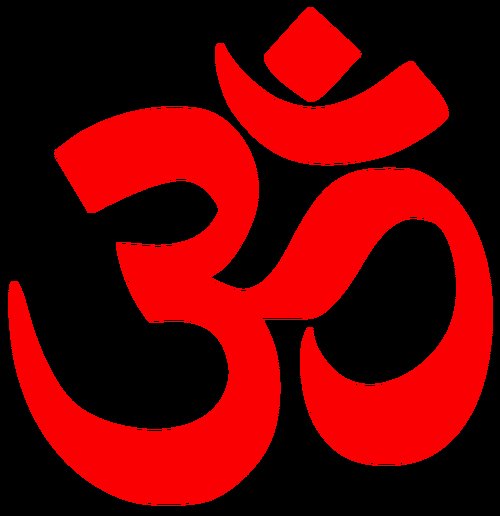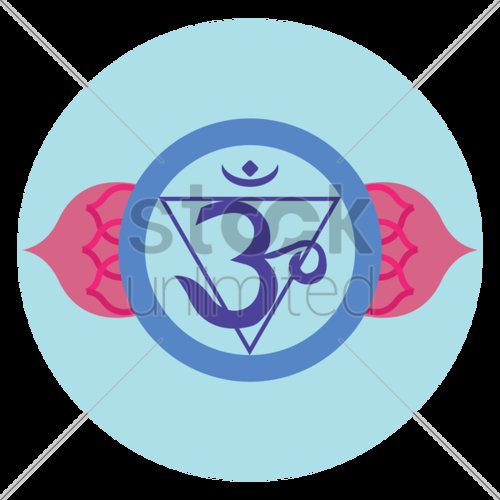The Symbol Om in Hinduism: A Multidimensional Exploration
The Om symbol, often depicted as a three-part sound, is one of the most sacred and significant symbols in Hinduism. It is not just a religious icon but a representation of the universe and the essence of existence. In this article, we delve into the various dimensions of the Om symbol, exploring its significance, symbolism, and its role in Hindu rituals and philosophy.
Historical Significance
The Om symbol has been a part of Hinduism for centuries, with its origins dating back to the ancient Vedas. It is believed to be one of the oldest symbols in the world, with its roots in the Indus Valley Civilization. The symbol is mentioned in various ancient texts, including the Rigveda, the oldest sacred text of Hinduism.

Symbolism
The Om symbol is a complex and multifaceted symbol, with each part representing different aspects of the universe and existence. Here’s a breakdown of the symbolism:
| Part of Om | Symbolism |
|---|---|
| U | Creation and the universe |
| M | Preservation and the mind |
| N | Transformation and the soul |
| A | Bliss and the ultimate reality |
Together, these four parts represent the cycle of creation, preservation, and transformation, which is the essence of the universe. The Om symbol also represents the unity of all existence, with the three parts forming a single, unbroken circle.
Rituals and Practices
The Om symbol plays a crucial role in Hindu rituals and practices. It is often chanted during meditation, yoga, and other spiritual practices. The sound of Om is believed to have a calming effect on the mind and body, helping practitioners to achieve a state of inner peace and tranquility.
In yoga, the Om symbol is often used to begin and end sessions. It is believed to purify the mind and body, and to connect the practitioner to the divine. The sound of Om is also used in mantra meditation, where it is repeated silently or aloud to invoke the presence of the divine.

Philosophical Significance
In Hindu philosophy, the Om symbol represents the ultimate reality, or Brahman. It is believed to be the source of all existence, and to be the essence of the divine. The symbol is often used to represent the concept of Advaita Vedanta, the non-dualistic philosophy that states that the individual soul (Atman) is one with the ultimate reality (Brahman).
The Om symbol is also associated with the concept of Maya, the illusion that separates the individual from the divine. By chanting Om, practitioners are believed to transcend Maya and achieve a state of enlightenment, where they realize their true nature as one with the divine.
Cultural Impact
The Om symbol has had a significant impact on Hindu culture, influencing art, music, and architecture. It is often found in temples, homes, and other religious spaces, serving as a reminder of the sacredness of the universe and the importance of spiritual practice.
In modern times, the Om symbol has also become a popular symbol of Hinduism in the Western world. It is often seen in jewelry, clothing, and other items, and is recognized as a symbol of peace and spirituality.
The Om symbol is a powerful and multifaceted symbol that holds deep significance in Hinduism. Whether it is used in rituals, meditation, or as a representation of the divine, the Om symbol continues to be a source of inspiration and spiritual guidance for millions of people around the world.




